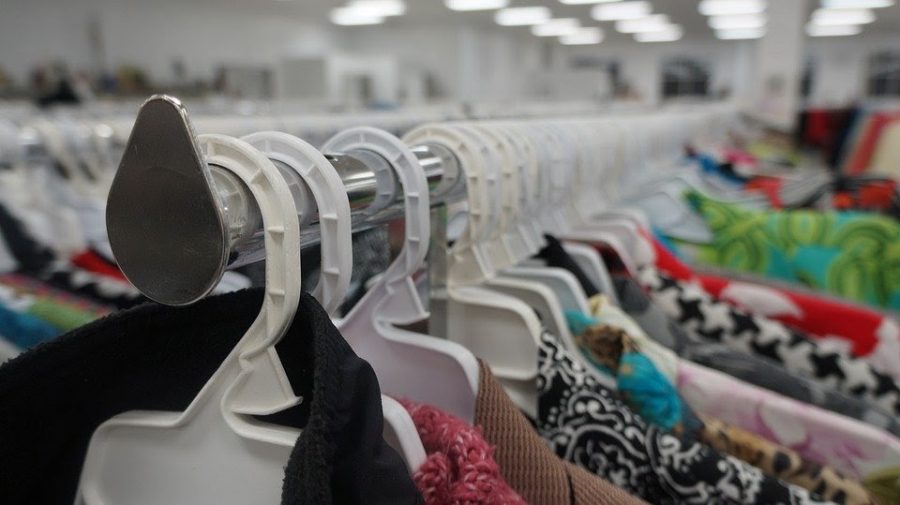Thrifting has become increasingly popular in recent years. Thanks to Gen Z and social media, thrifting has now become a trend fueled by social media.
Social media platforms, such as Instagram and Tik Tok, have made thrifting a trend in recent years. Whether that be because of a desire to be different from others by buying unique pieces, or due to influencers posting videos of them finding cool pieces for cheap while thrift shopping, Gen Z has greatly popularized the idea of thrifting. When scrolling through my Tik Tok, I frequently see accounts showing users flipping pieces, making them new and unique, for a low price.
Not only has thrifting become a sort of aesthetic, but people are also making a profit off of flipping and reselling clothes. Resell app, Depop has been increasingly popularized by TikTok. Depop sellers have started to take advantage of low prices at thrift stores and the high demand for items. An article from Berkely’s Econ Review explains that “many individuals exploit their online popularity to make businesses out of reselling thrift items at marked-up prices. Depop is notorious for this—some of its most popular users, who started out simply revamping their wardrobe on the cheap, now go thrifting exclusively to find items to resell for a profit on the app.”
Additionally, thrifting has been touted as a great way to decrease waste and be more climate-conscious. It helps prevent fast fashion. In case you have not heard of the term, fast fashion is the mass production of cheap clothes, allowing stores to stock new designs frequently. People flock to buy the latest trends, making trends cycle rapidly, contributing to more waste. Thrifting allows people to reuse clothes, rather than opting to buy clothes that could potentially go out of style in the next week. This helps the environment and supports sustainability.
Unfortunately, there is a downside. The issue with apps, like Depop or platforms showing more and more thrifting, is that it’s interfering with the true purpose of thrift stores. Thrift stores were created to help low-income communities, not to be a source of cheap, unique clothes for the middle and upper class. Since the demographics of who’s thrifting has shifted, fewer and fewer options are available for the people who can only afford the clothing provided at the local thrift store. Sizes have become more limited, and pieces that are in fewer quantities anyway are depleting as well. Not only is the product becoming less available for low-income customers, but prices have also gone up as demand has gone up. The Colombia Spectator stated that “To profit off of the influx of wealth, thrift stores have raised their prices, making their clothing far less accessible to the intended low-income market.”
Thrifting is not inherently bad. Stores provide for low-income consumers, as well as places like Goodwill that give back to the community and employ people that may not otherwise be able to find a job. If you are going to thrift, be conscientious of the season, high demand items, necessities, and sizes. Also, sticking to stores near you helps to prevent stores that may need items more urgently from going out of stock. Think about what you are buying and consider those in your community the next time you go thrift shopping.








Caitlyn Crawford • Mar 3, 2021 at 8:51 am
I agree people need to be aware of where their shopping and what they’re buying while there.